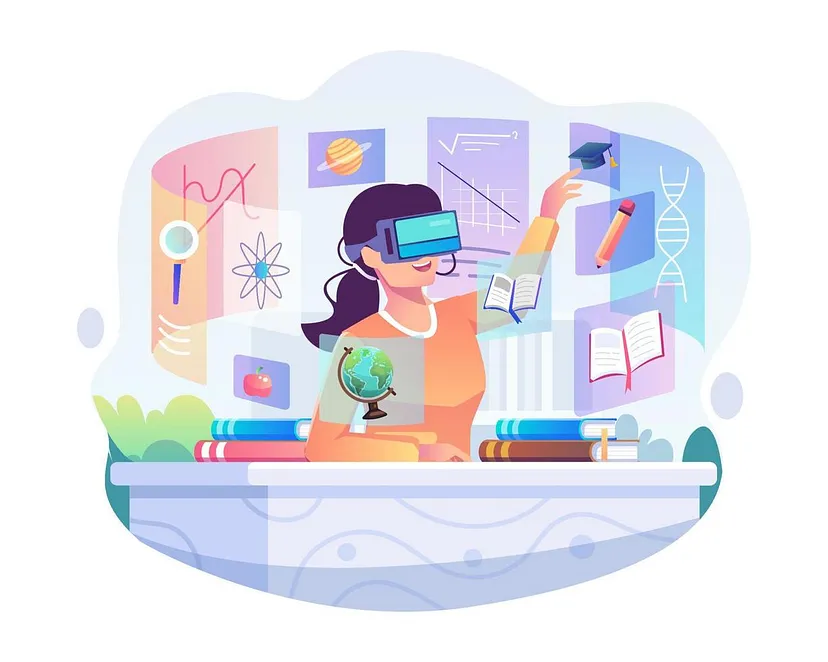AR : Unleashing the role of AR in education
 ashish.chauhan
ashish.chauhan
Augmented reality in education (AR) refers to the integration of digital information or virtual elements into the real-world environment, enhancing the learning experience. There are several types of AR technologies utilized in education, including marker-based AR, markerless AR, projection-based AR, and superimposition-based AR. Marker-based AR uses specific markers to trigger digital content, while markerless AR tracks the user's position and orientation without markers. Projection-based AR projects digital images onto real-world surfaces, and superimposition-based AR overlays digital content onto real objects in real-time.
The adoption of Augmented reality in education brings numerous benefits. Firstly, it promotes interactive and immersive learning experiences, allowing students to engage with content in a more meaningful way. AR also caters to various learning styles, offering visual and hands-on learning opportunities. Additionally, AR can enhance student motivation and engagement by making learning more enjoyable and captivating. It also fosters collaboration and communication among students, as they can work together on AR-enhanced projects. Furthermore, AR enables personalized learning experiences, adapting content to individual student needs and preferences. Overall, integrating AR into education holds the potential to revolutionize traditional teaching methods, making learning more dynamic, engaging, and effective.
Subscribe to my newsletter
Read articles from ashish.chauhan directly inside your inbox. Subscribe to the newsletter, and don't miss out.
Written by
